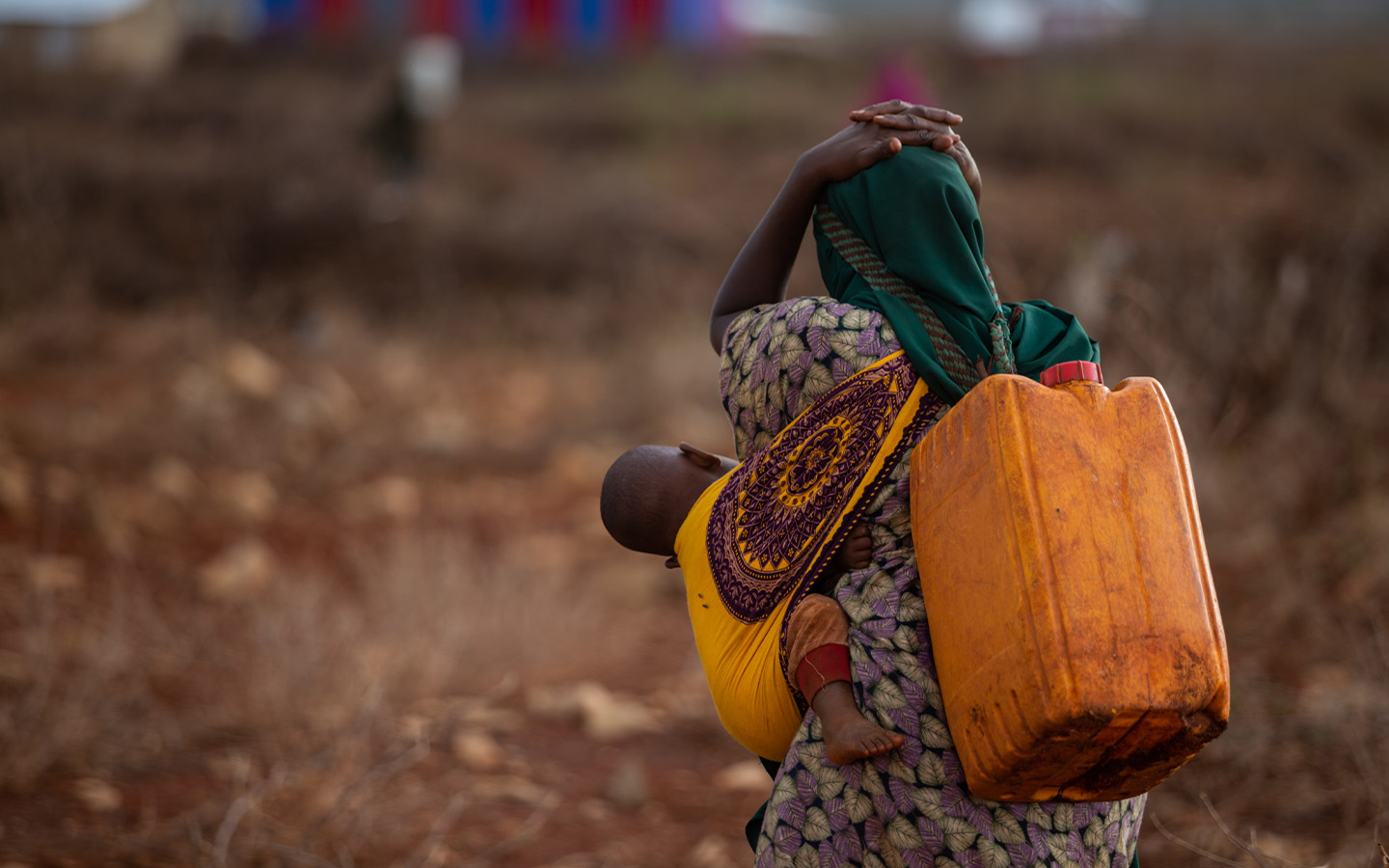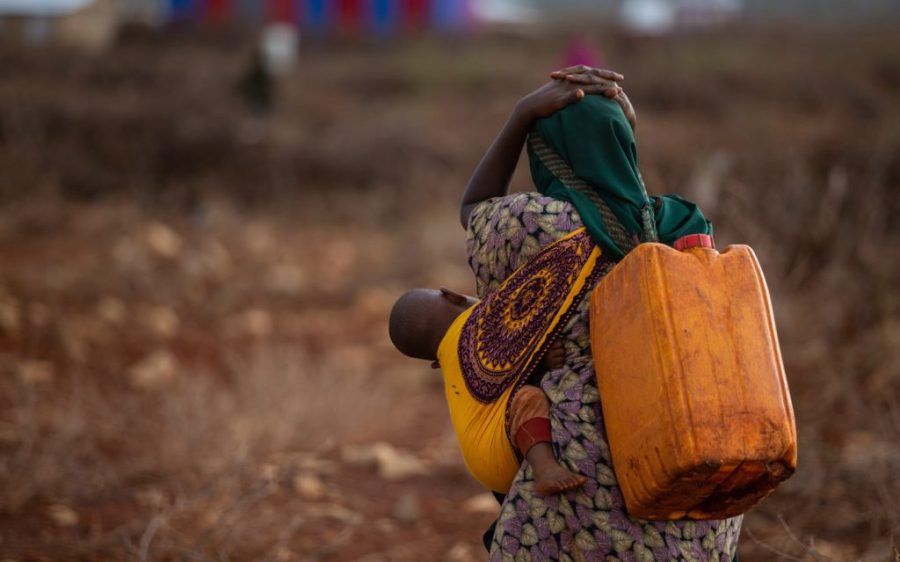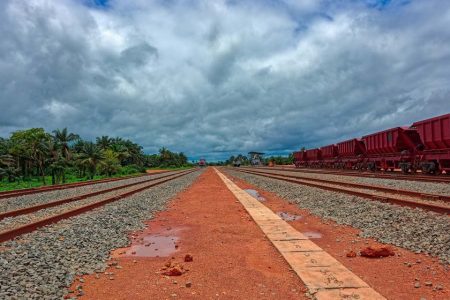A string of terrorist attacks across the Ancuabe district in northern Cabo Delgado has forced nearly 15,000 residents to flee, many for the third or fourth time as the now seven-year insurgency drags on, according to a protection update released by the UN High Commissioner for Refugees (UNHCR).
The latest series of attacks began on 31 March, targeting several villages in Ancuabe, some 150 kilometres from the provincial capital of Pemba. According to the report, attackers struck at night, demanding money, shooting at civilians and setting homes on fire. Multiple accounts from community members speak of ransoms demanded under threat of death or kidnapping.
Under pressure and with little warning, many fled on foot without their belongings and slept in the bush. The report notes that, for many in this part of Cabo Delgado, it is not their first time being displaced by violence or the threat of violence, several having fled three or even four times.
“How many times are we going to have to leave everything behind?” asked one household head from Natove, one of several communities and location sites in Ancuabe and beyond that took in internally displaced peoples (IDPs).
The UNHCR warns that these repeated displacements have significant mental health impacts, especially among young people, “causing a deep sense of fatigue, instability and persistent fear of future attacks.”
[See more: Mozambique is reeling in the wake of its third cyclone in three months]
The UNHCR spoke with people in three IDP sites – Natove, Marokani and Nanjua A – as well as in the host communities of Naputa and Nanjua. What they found is deeply troubling: most reported witnessing or experiencing attacks on civilian infrastructure (50 percent), killings (61 percent), abductions (61 percent), robbery or theft (75 percent) and looting or destruction of property (82 percent) before fleeing their villages.
The circumstances of their flight also underscore the shock of the attack, most leaving without their belongings (82 percent) and sleeping in the bush (89 percent). Some faced violence (36 percent) and extortion (25 percent) even as they fled, and most were separated from their families (61 percent).
Elderly and disabled people were often left behind (54 percent) by families unable to support their evacuation under pressure. The report notes that “[though] many of these individuals were reportedly spared by armed actors, they remain isolated and at heightened risk.” Most disabled and elderly people that were able to flee face obstacles in their displacement, particularly with accessing shelters and service, as well as increased risk of neglect, isolation or abandonment.
Children, who account for more than half of the displaced population, don’t fare much better. Most were separated from their families as they fled and now struggle with significant emotional and psychological strain from both the attacks and displacement.
Women and girls also face the threat of gender-based violence, from armed attackers – nearly one in five (18 percent) reported witnessing or experiencing sexual violence before fleeing – and during displacement. Mixed-gender sleeping spaces, increased alcohol consumption and stress often create added risks for women and girls in displacement areas. Taken together, these findings “underscore the urgent need for tailored assistance and improvement support mechanisms” to ensure the safety and well-being of the most vulnerable groups.






